“Together we are stronger”—How a humanitarian network helps communities in Kenya
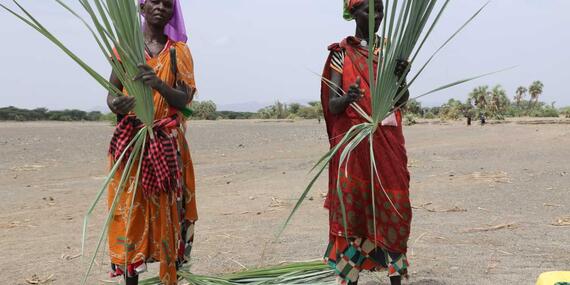
This year’s World Humanitarian Day showed that, just as "it takes a village to raise a child,” it takes a global community to help people in need.
This is particularly true in the Arid and Semi-Arid Lands (ASALs) of Kenya, where the most prolonged drought in recent history has left at least 4.2 million people in need of humanitarian assistance.
Across the ASAL region, families impacted by the drought are supporting their neighbours, kinsfolk are assisting their networks and community members are coming together to help those with the greatest needs. Together with this incredible solidarity from within and between drought-affected communities, the ASALs Humanitarian Network (AHN)—a vibrant network of local non-governmental organizations from the ASALs—is helping to provide assistance. In turn, the AHN is supported by international NGOs and the United Nations.
Ahmed Ibrahim, AHN Coordinator, explained: “Before the AHN network, the humanitarian support system in the ASALs worked in an ad hoc manner and took time to respond to humanitarian needs. These challenges encouraged 30 humanitarian organizations to come together to form the network to respond to, and advocate for, the needs of ASAL communities at a higher level.”
Halima Bashir of the Arid Lands Development Focus (ALDEF), a member of AHN, added: “In the ASALs, humanitarian organizations work together to cushion communities from the stress caused by drought. This has helped us avoid duplication, reach as many people as possible and ensure effectiveness.”
Multipurpose cash transfers are one activity that AHN members implement. The transfers reach households quickly, they are accountable and they help communities make their own decisions on how to use the money. They are complemented with water, sanitation and hygiene (WASH) promotion, and gender-based violence (GBV) awareness and protection.
Between August 2021 and July 2022, AHN members reached about 26,400 households with cash transfers. Five per cent of the cash response was used to support GBV and protection, and eleven boreholes were rehabilitated, benefiting around 200,000 people with WASH assistance.
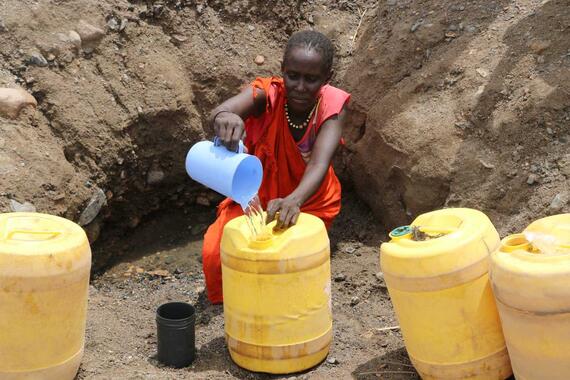
Josephine Akal, a single mother of five, received cash transfers through Turkana Pastoralists Development Organization (TUPADO), a local organization in Turkana that is a member of AHN. She used the cash to buy food and medicine. The community-sharing custom in the ASALs also helped her survive the drought: before receiving the cash transfers, she walked to different households who would share any food they had to help her and her children survive. Josephine is also doing all she can to make a living to support both her family and her community by selling firewood, brooms and mats that she makes from reeds.
The drought has forced some children to drop out of school, either because they cannot pay the fees or they need to help their parents look for pasture and water. Some girls are forced to drop out to get married, as families adopt desperate coping mechanisms to get money to use for food and other necessities.
Pauline Etolon’s children, however, have been able to stay in school—she used the cash transfer she received from AHN to pay her son’s secondary-school fees and buy food for her six children. She also shared the money with her mother and immediate neighbour.
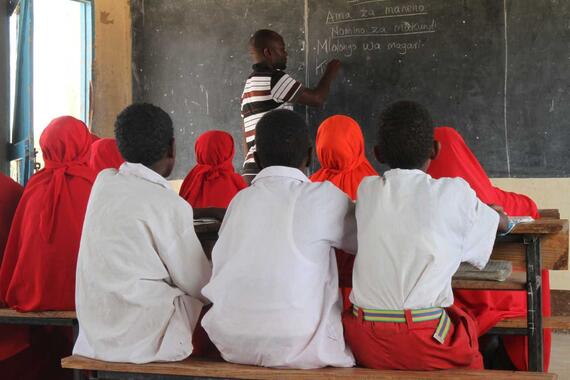
As people’s livelihoods suffer from the drought, AHN members are stepping in to help them rebuild. Abel Lochongorio and Jeremiah Lopiding started a fishing business in Turkana North thanks to the cash transfer from Sustainable Approaches for Community Empowerment (SAPCONE), supported by OXFAM and AHN. The two men used the money to buy food and fishing gear, especially floaters and twines, which they use to sew their own fishing nets.
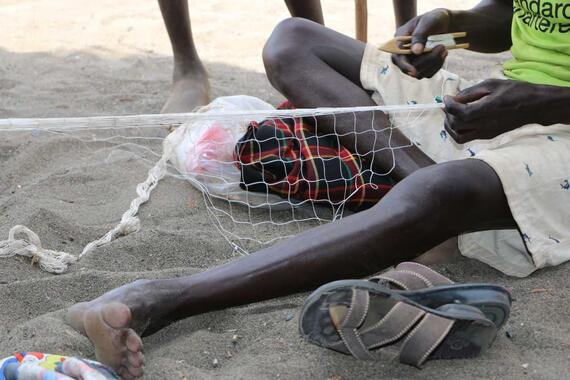
In Garissa, Zainab Hasan Lulu lost 20 goats to the drought. Lulu is grateful that she received cash transfers through the Pastoralist Girls Initiative, an AHN member, which enabled her to feed her family and pay school fees for her immediate family. The initiative also supports more than 53 internally displaced households at Gutoy settlement with water and non-food items.
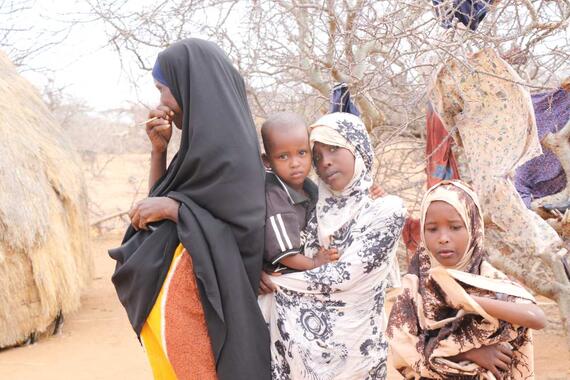
The church and church-based organizations are also helping communities cope with the drought. In Turkana, the church borehole provides pupils at Nachukui Primary School with a constant supply of clean water. And a school-feeding programme supported by Mary Meals, an NGO in Turkana, helps keep students in school, where they receive at least one meal a day.
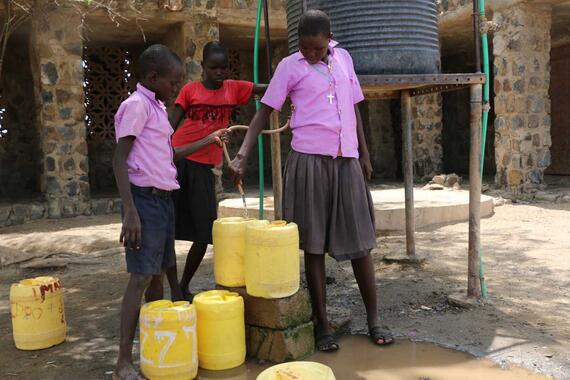
As Kenya’s drought deepens, with another failed rainy season forecasted from October to December, AHN is extending its response and calling for more life-saving resources. Yet, National NGOs, who are at the forefront of the response, have received less than 5 per cent of the funding requested in the Kenya Flash Appeal.
Photos: Jane Kiiru
For more information:
https://aldef.org/asal-humanitarian-network-ahn/
https://twitter.com/KenyaAsal
